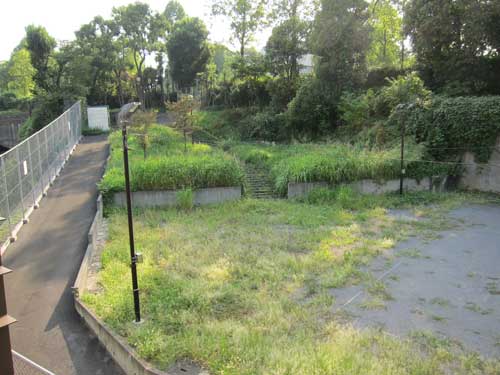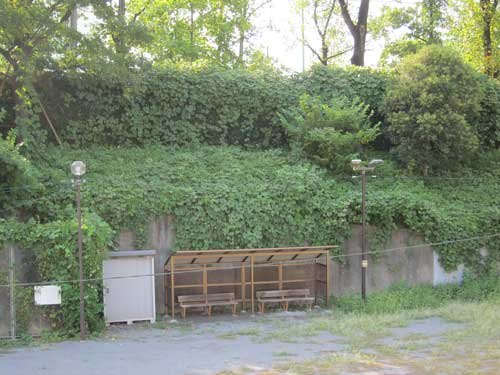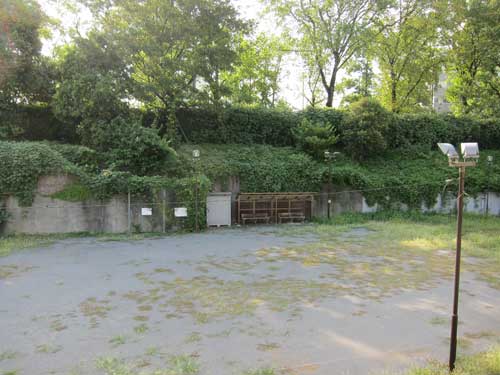
東京の電車と地下鉄は分け合う空間です。時々、居心地の悪いときもありますが、いつも東京的で面白いと思います。
It’s hard for people outside Tokyo to imagine what using Tokyo transit is like. The busiest station, Shinjuku station, handles over 2.5 million users per day, more than any other station in the world. And, yes, early morning rush hour and the last trains around midnight are not comfortable. This photo is from 10:23 am on a Saturday morning in the Marunouchi line, and you can see that the train is quite full.
What does it feel like to be surrounded by so many people on your way to work, school, errands, or fun? Office workers, school children, families, construction workers, teens, dogs in bags, babies, elderly people. I find it exhilarating, intimate, and educational. Mostly people pretend they are in their own space and do not look directly at others. Courtesies include taking children’s shoes off before letting them stand on the cushioned seats, and drying umbrellas to keep the train clean.
Many people hide behind earphones, portable game players, comics and books. Others are sleeping. Yet there is no mistaking that you are in a shared space, one person among masses going about their lives. If you keep your eyes open, you can sense that others are also quietly observing. Taking the train is a good way to get out of your own head space, and sense other people’s moods, fashions, and presence.
















